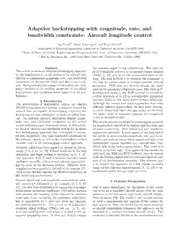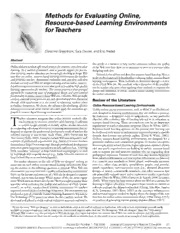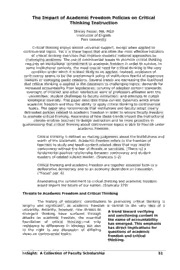
Brain Computation as Hierarchical Abstraction PDF
Preview Brain Computation as Hierarchical Abstraction
Brain Computation as Hierarchical Abstraction Computational Neuroscience Terence J. Sejnowski and Tomaso A. Poggio, editors For a complete list of books in this series, see the back of the book and http://mit- press.mit.edu/Computational_Neuroscience Brain Computation as Hierarchical Abstraction Dana H. Ballard The MIT Press Cambridge, Massachusetts London, England © 2015 Massachusetts Institute of Technology All rights reserved. No part of this book may be reproduced in any form by any electronic or mechanical means (including photocopying, recording, or information storage and retrieval) without permission in writing from the publisher. MIT Press books may be purchased at special quantity discounts for business or sales promotional use. For information, please email special_sales@mitpress.mit.edu. This book was set in ITC Stone Serif Std by Toppan Best-set Premedia Limited, Hong Kong. Printed and bound in the United States of America. Library of Congress Cataloging-in-Publication Data Ballard, Dana H. (Dana Harry), 1946– author. Brain computation as hierarchical abstraction / Dana H. Ballard. p. ; cm. — (Computational neuroscience) Includes bibliographical references and index. ISBN 978-0-262-02861-5 (hardcover : alk. paper) I. Title. II. Series: Computational neuroscience. [DNLM: 1. Brain— physiology. 2. Mental Processes— physiology. 3. Models, Neurological. 4. Nerve Net— physiology. 5. Neural Networks (Computer) 6. Neurons— physiology. WL 337] QP357.5 612.8’23343— dc23 2014021822 10 9 8 7 6 5 4 3 2 1 Contents Series Foreword ix Preface xi Acknowledgments xiii Part I Setting the Stage 1 1 Brain Computation 3 1.1 Introducing the Brain 7 1.2 Computational Abstraction 13 1.3 Different than Silicon 21 1.4 The Brain’ s Tricks for Fast Computation 25 1.5 More Powerful than a Computer? 30 1.6 Do Humans Have Non-Turing Abilities? 34 1.7 Summary 38 2 Brain Overview 41 2.1 Spinal Cord and Brainstem 44 2.2 The Forebrain: An Overview 54 2.3 Cortex: Long-Term Memory 60 2.4 Basal Ganglia: The Program Sequencer 63 2.5 Thalamus: Input and Output 68 2.6 Hippocampus: Program Modifications 70 2.7 Amygdala: Rating What’ s Important 76 2.8 How the Brain Programs Itself 78 2.9 Summary 80 Part II Neurons, Circuits, and Subsystems 81 3 Neurons and Circuits 83 3.1 Signaling Strategies 85 3.2 Receptive Fields 89 3.3 Modeling Receptive Field Formation 95 vi Contents 3.4 Spike Codes for Cortical Neurons 102 3.5 Reflexive Behaviors 109 3.6 Summary 112 3.7 Appendix: Neuron Basics 113 4 Cortical Memory 127 4.1 Table Lookup Strategies 128 4.2 The Cortical Map Concept 135 4.3 Hierarchies of Maps 139 4.4 What Does the Cortex Represent? 146 4.5 Computational Models 154 4.6 Summary 160 5 Programs via Reinforcement 163 5.1 Evaluating a Program 168 5.2 Reinforcement Learning Algorithms 173 5.3 Learning in the Basal Ganglia 177 5.4 Learning to Set Cortical Synapses 186 5.5 Learning to Play Backgammon 192 5.6 Backgammon as an Abstract Model 199 5.7 Summary 200 Part III Embodiment of Behavior 201 6 Sensory-Motor Routines 203 6.1 Human Vision Is Specialized 204 6.2 Routines 210 6.3 Human Embodiment Overview 214 6.4 Evidence for Visual Routines 219 6.5 Changing the Agenda 230 6.6 Discussion and Summary 232 7 Motor Routines 235 7.1 Motor Computation Basics 238 7.2 Biological Movement Organization 240 7.3 Cortex: Movement Plans 248 7.4 Cerebellum: Checking Expectations 253 7.5 Spinal Cord: Coding the Movement Library 255 7.6 Reading Human Movement Data 263 7.7 Summary 272 8 Operating System 275 8.1 A Hierarchical Cognitive Architecture 279 8.2 Program Execution 283 8.3 Humanoid Avatar Models 289 8.4 Module Multiplexing 293 Contents vii 8.5 Program Arbitration 298 8.6 Alerting 305 8.7 Program Indexing 307 8.8 Credit Assignment 309 8.9 Implications of a Modular Architecture 313 8.10 Summary 316 Part IV Awareness 319 9 Decision Making 321 9.1 The Coding of Decisions 322 9.2 Deciding in Noisy Environments 325 9.3 Social Decision Making 330 9.4 Populations of Game Players 341 9.5 Summary 345 10 Emotions 349 10.1 Triune Phylogeny 351 10.2 Emotions and the Body 354 10.3 Somatic Marker Theory 361 10.4 The Amygdala’ s Special Role 366 10.5 Computational Perspectives 369 10.6 Summary 373 11 Consciousness 377 11.1 Being a Model 378 11.2 Simulation 392 11.3 What Is Consciousness For? 402 11.4 Summary 406 Notes 411 References 413 Index 435 Series Foreword Computational neuroscience is an approach to understanding the develop- ment and function of nervous systems at many different structural scales, including the biophysical, the circuit, and the systems levels. Methods include theoretical analysis and modeling of neurons, networks, and brain systems and are complementary to empirical techniques in neuroscience. Areas and topics of particular interest to this book series include compu- tational mechanisms in neurons, analysis of signal processing in neural circuits, representation of sensory information, systems models of senso- rimotor integration, computational approaches to biological motor con- trol, and models of learning and memory. Further topics of interest include the intersection of computational neuroscience with engineering, from representation and dynamics, to observation and control. Terrence J. Sejnowski Tomaso Poggio
Description:The list of books you might like

Shatter Me Complete Collection (Shatter Me; Destroy Me; Unravel Me; Fracture Me; Ignite Me)

The 48 Laws of Power

Atomic Habits James Clear

Better Than the Movies

Mid-Atlantic Thoroughbred January 2006

O Egito Antigo

Butiksdemonstrationens mentala och beteendemässiga påverkan

COMESA 225-3: Polyvinyl chloride insulated cables of rated voltages up to and including 450/750 V - Part 3: Non-sheathed cables for fixed wiring

Biserica Mavrodolu din Pitești

Bantam
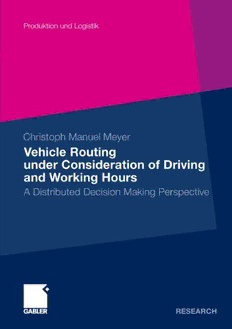
Vehicle Routing under Consideration of Driving and Working Hours: A Distributed Decision Making Perspective

The Haunting Of Whaley House

Boating - March 2011
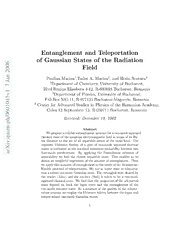
Entanglement and Teleportation of Gaussian States of the Radiation Field

Punch February 3 1872
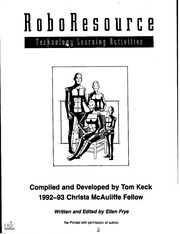
ERIC ED381388: RoboResource Technology Learning Activities.
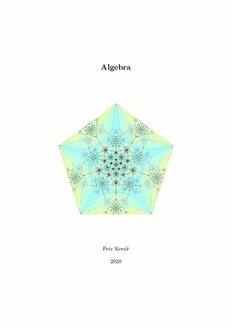
Algebra

The Generals of Shiloh: Character in Leadership, April 6–7, 1862
